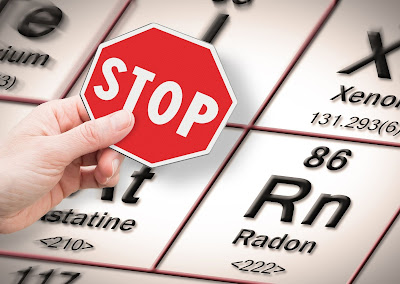How to Choose the Radon Remediation Method Best Suited to Your Home
Radon is a colorless, odorless and tasteless gas generated by the natural decay of radioactive substances like uranium in the soil. It is produced naturally in the atmosphere and if inhaled over a prolonged period of time, can cause lung cancer. Radon gas disperses rapidly in the outdoors and is not considered as a major issue outside. But its presence indoors, in homes, schools and workplaces, is a major concern for health. In fact, radon is the second leading cause of lung cancer in the United States. Radon gas, after being produced naturally, generally enters buildings through gaps and cracks in the foundation and gets trapped indoors. Effective radon remediation methods should be deployed at homes to ensure safety and eradicate any potential health hazards.
The primary step that one should take before implementing any radon remediation method is to test the level of radon in the premise. As per the US EPA, radon concentration level of 4 pCi/L or higher is considered as gravely dangerous for health and one should start mitigating risks by employing suitable radon remediation methods. The selection of the right radon remediation methods for homeowners typically depends on the following criteria:
About Radon-Rid, LLC:
Radon-Rid, LLC is a fully insured, licensed, and certified radon testing and radon mitigation company. We are certified by the PA-DEP (Pennsylvania Department of Environmental Protection) to perform radon testing and radon remediation services in Bucks County, Montgomery County, Chester County and Delaware County. Call us at (610) 624-6928 or contact Radon Rid to schedule or book an appointment to test your home for radon gas.
The primary step that one should take before implementing any radon remediation method is to test the level of radon in the premise. As per the US EPA, radon concentration level of 4 pCi/L or higher is considered as gravely dangerous for health and one should start mitigating risks by employing suitable radon remediation methods. The selection of the right radon remediation methods for homeowners typically depends on the following criteria:
- The method of ‘Least Remainder’ (ideally one should want the radon levels to be least, if not zero, after remediation)
- The capital cost or cost of installation of the radon remediation method/product
- The cost of maintenance of the radon remediation method/product
- The structural aspects of the home, eg., design, size, age and type of foundation, presence of basement, crawl spaces, etc.
- The aesthetic choices of homeowners
- The local climate
- Homes with basement and slab-on-grade - The sub-slab depressurization or suction (Active Sub-Slab Depressurization or ASSD and Passive Sub-Slab Depressurization or PSSD) is an effective radon remediation method for such homes.
- Homes with crawl spaces - Sub-membrane ventilation or depressurization is most effective for home with crawl spaces.
- Sealing cracks and any other opening of the foundation
- Installation of heat-recovery ventilator or air-to-air heat exchanger to increase ventilation of homes.
About Radon-Rid, LLC:
Radon-Rid, LLC is a fully insured, licensed, and certified radon testing and radon mitigation company. We are certified by the PA-DEP (Pennsylvania Department of Environmental Protection) to perform radon testing and radon remediation services in Bucks County, Montgomery County, Chester County and Delaware County. Call us at (610) 624-6928 or contact Radon Rid to schedule or book an appointment to test your home for radon gas.



Mga Komento
Mag-post ng isang Komento